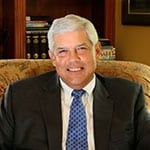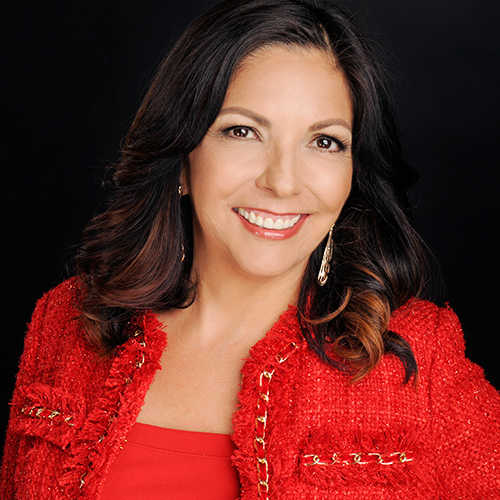In 2006, Interpublic Group, one of the world’s largest holding companies of marketing and advertising agencies, hired its first chief procurement officer and implemented a global sourcing program. “The opportunity to start with a blank piece of paper and build from scratch was really exciting,” says Eliseo Rojas, who filled the role.
Rojas, who graduated from Columbia University and started his career on Wall Street, had been with global procurement firm Cendant for two years when he got the call.
His role at Interpublic Group (IPG) would be to take advantage of the holding company’s size to consolidate purchasing. Under the IPG umbrella are nearly a hundred advertising agency brands, including such well-known names as Deutsch, Foote Cone & Belding (FCB), Lowe, The Martin Agency, McCann, R/GA, and Weber Shandwick. Across those agencies, 47,400 employees purchase products and services on behalf of thousands of clients. Consolidating those purchases would save a great deal of money. That’s where Rojas came in nearly ten years ago and continues to reduce costs for IPG.
“We take a look at the spend across regions, categories, and brands, and consolidate contracts in order to bring our agencies pricing they wouldn’t be able to get on their own,” says Rojas, who points to the pooling of insurance contracts outside the United States as one example. “By consolidating more than 600 insurance contracts under two providers, we significantly reduced spend on insurance purchased outside the United States, supporting the organization in a way that brings value to our clients and shareholders.”
In the past five years or so, digital changed the advertising industry permanently. “TV is still big, but now every young person has a device of some sort,” says Rojas. “Our agencies have to reach those individuals, as they always have, but now they have to reach those individuals with a message designed not just for that individual but also specific to that
medium.”
“When you deliver on clients’ needs, you gain credibility, and then people are more willing to listen to the next deal you bring to the table.”
In terms of reaching the individual, Rojas refers to the growing Hispanic market in the United States. “Clients are putting pressure on agencies to better understand the Hispanic market, which holds tremendous economic potential,” he says. Rojas himself is a native of Peru and came to the United States in 1973 as a teenager, not speaking a word of English.
Since 1970, the Hispanic population has increased by 592 percent—more than 10 times the growth rate of the US population as a whole, which has grown by 56 percent over the same period. Between 2000 and 2010 alone, Hispanics made up more than half of US population growth. According to the US Census Bureau population projections, the Hispanic population is expected to reach about 106 million in 2050, or roughly double what it is today.
To assist with messaging, all of IPG’s agencies now include digital skills as a core competency. In addition to automating media buying, for example, “IPG has created a media lab where clients come in and test some of latest technologies to see if they would have a significant impact on how products are presented to general market,” Rojas says.
One challenge here is ensuring that IPG understands the business challenges facing agencies with different clients and requirements—and ensuring that agencies understand what the global sourcing and chief procurement function bring to the table, then translating that understanding into deals that benefit clients and, ultimately, help IPG drive margin expansion. “We continue to focus on reducing costs across the organization because clients are rightly putting a lot of pressure on our agencies to ensure they’re delivering the latest services, but at an appropriate economic level,” Rojas says.
Recently, Rojas’s group has expanded its horizons and looked into additional ways it can bring value to IPG’s agencies. “We’re looking more at what we can do to help the organization increase its top line, so revenue generation is where our focus has been over the last couple of years,” says Rojas, explaining that this may involve anything from bringing services in-house when IPG has competencies to introducing agencies to suppliers and other corporate partners so they might win new business.
Still, the biggest key to success is simply listening, according to Rojas. “I really have to understand what agencies, who are really our internal clients, need and what I can do to help them grow their businesses,” he says. The challenge with such a widespread organization, whose global reach spans well over 100 countries, is getting that message across. To that end, Rojas and his team invest significantly in travel, especially outside the United States, in Europe and Asia, to meet face-to-face with stakeholders at agencies and ensure they can help them with their challenges.
“It’s a win-win,” Rojas says. “When you deliver on clients’ needs, you gain credibility, and then people are more willing to listen to the next deal you bring to the table.”

